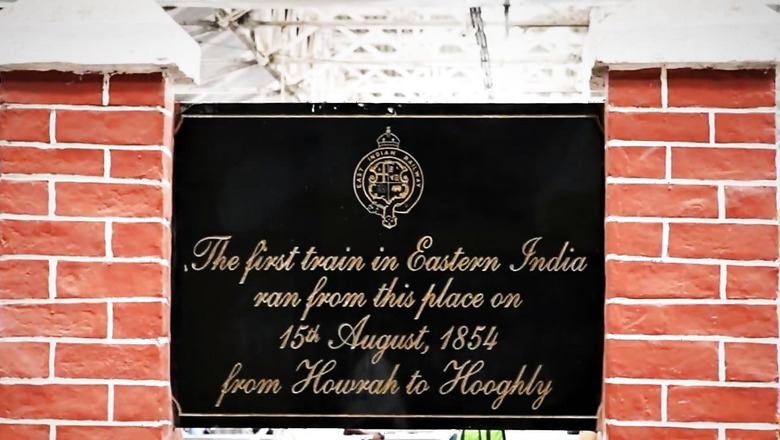
views
The Howrah Division of the Eastern Railway is a synthesis of history, culture and modern technology, which plays an important role for the Indian Railways.
The railways arrived in India within 30 years of its inauguration in England. Rowland Macdonald Stephenson, the first agent and managing director of the East Indian Railway Company, submitted the first traffic and engineering feasibility report for a line between Calcutta and Mirzapore to the East India Company.
In May 1845, he established the East Indian Railway Company and, on August 17, 1849, the court of directors of the East India Company signed an agreement with it for the construction of a short experimental line from Calcutta to Burdwan, originally proposed in 1845.
Stephenson, the company’s chief engineer George Turnbull and the engineer Slater conducted an initial survey from Howrah to Burdwan en route to the Raniganj coalfields, on May 7, 1850.
Accordingly, the first train of East Indian Railway started its historic ‘zero mile’ journey on August 15, 1854, from the very place where the Howrah station stands now. When the East Indian Railway laid its first railway line, it also laid the first milestone referred to as the ‘original zero mile’.
The ‘zero mile’ is a reference to the gradual land acquisition by the East Indian Railway, which is evident from the plans surveyed and drawn at that time. The EIR No 1 map shows the location of the actual ‘zero mile’. The first milestone was now engraved on a bronze plate and embedded on the wall of the office of the divisional superintendent (now divisional railway manager).
Said to have been found near the Howrah Control, it is the first milestone set up when the EIR laid the first line for the 1854 journey. After the subsequent growth and progress of the railway line, land plans for EIR No 2, EIR No 3 and so on were conceptualised.
With the gradual evolution from a temporary structure of Howrah station at ‘zero mile’, the station building is now a mammoth architecture blending modernity and ethnicity, with a footfall in lakhs on a daily basis.


















Comments
0 comment